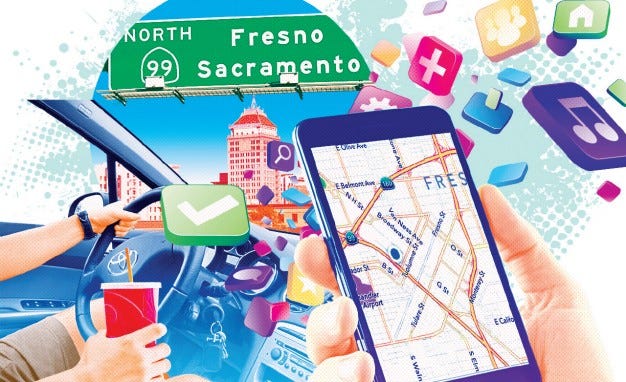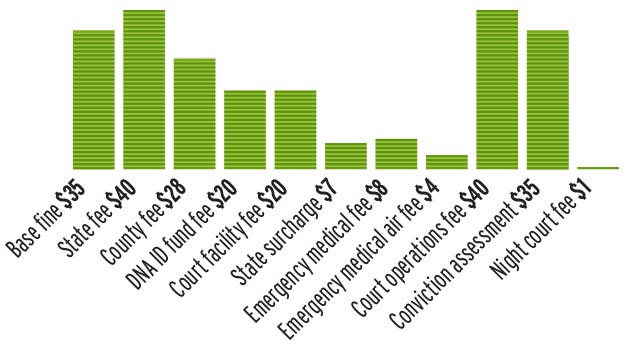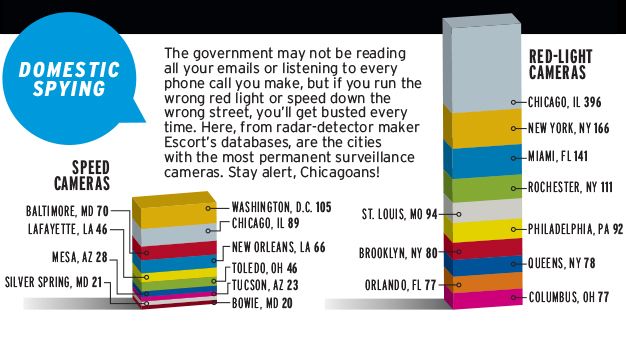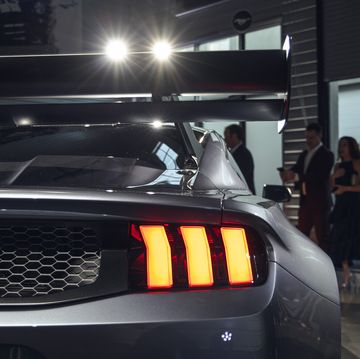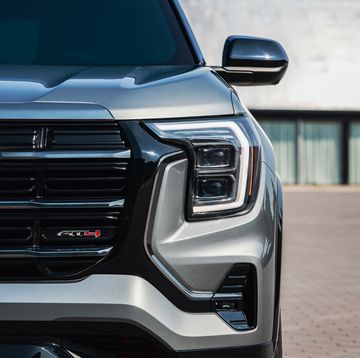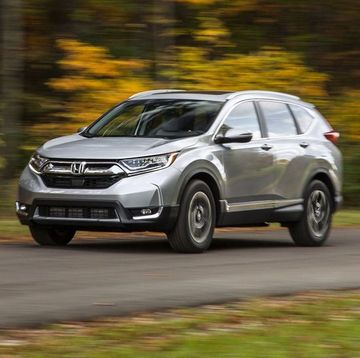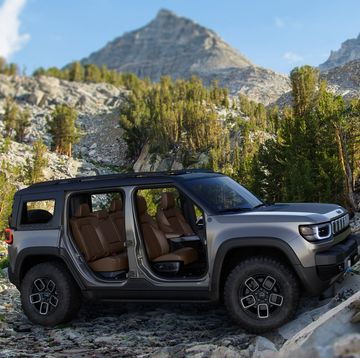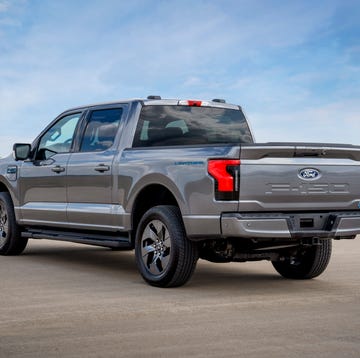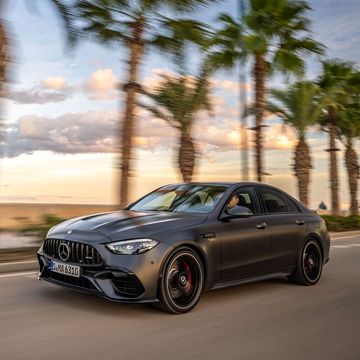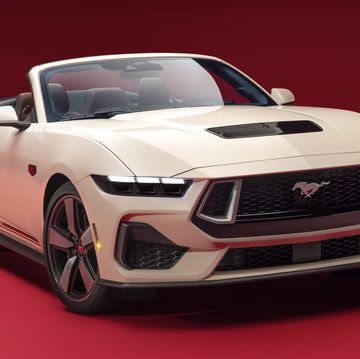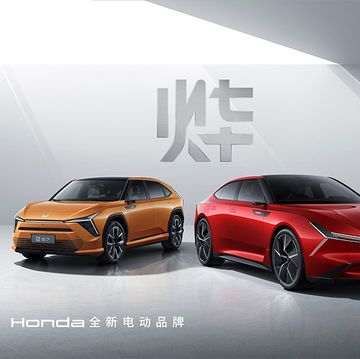Evening rush hour in Fresno, California, can get ugly. On January 5, 2012, Steven Spriggs was stuck in it, fully stopped in his 2006 Toyota Highlander on the construction-clogged Route 41. Waiting as darkness fell, he looked for a route around the congestion on his iPhone 4’s navigation app. A California Highway Patrol motorcycle officer saw the phone’s glow light up Spriggs’s face, and Spriggs was soon staring at a $165 fine for violating California Vehicle Code section 23123(a).
Enacted in 2008, the law reads: “A person shall not drive a motor vehicle while using a wireless telephone unless that telephone is designed and configured to allow hands-free listening and talking, and is used in that manner while driving.”
“The California law was badly written,” asserts Orin Kerr, a law professor at George Washington University in Washington, D.C. “It’s just about using the phone, not the specifics of how the phone is used. It’s about poor drafting and not doing the best lawyerly job.” A subsequent law banned texting while driving, but Spriggs wasn’t charged under that statute.
- Instrumented Test: 2015 Kia K900 V-8
- NHTSA’s Distracted Driving PSA is So Violent, We Hope You Drop Your Phone
- Volvo Tests Driver Alertness With Face-Monitoring Technology—Yeah, It’s Creepy
There is a hair-splitting element to deciding which distractions are illegal while driving. For example, in California it’s legal for a driver to scarf down a burger while driving but not to call mom without Bluetooth connectivity. Spriggs, while not an attorney, did attend law school. There are navigation systems in cars, he points out, and there are far more distracting ways of figuring out where you’re going that are legal. In traffic court, where Spriggs lost (he also lost his first appeal), he unfolded a large paper map that would have been legal for him to consult.
In February, California’s Fifth District Court of Appeal in Fresno reversed the decisions, saying, “The statute means what it says—it prohibits a driver only from holding a wireless telephone while conversing on it.” But the court’s decision may have opened Pandora’s box, as it concluded that section 23123(a) “does not prohibit all hand-held uses of a wireless telephone. Instead, it prohibits ‘listening and talking’ on the wireless telephone unless the telephone is used in a hands-free mode.” The decision specifically mentions surfing the internet as a “permitted use” of a smartphone while driving. Whether surfing the net on a smartphone is covered by California’s texting, driving, or basic speed laws is open to question.
Kerr points to Virginia’s statute as an example of better law crafting regarding use of communications devices while driving. But even Virginia ignores the internet and other non-communicative uses of a phone. While Spriggs’s case was clear-cut—he was stopped in traffic, and it was never alleged that he drove dangerously before being ticketed—his citation and the appeal court’s decision highlight our failure to adequately define distracted driving or address the smartphone’s varied benefits and hazards to drivers. Some may applaud the reversal, but your right to use your phone can’t be more important than your duty to attentively share the road with other drivers.

John Pearley Huffman has been writing about cars since 1990 and is getting okay at it. Besides Car and Driver, his work has appeared in the New York Times and more than 100 automotive publications and websites. A graduate of UC Santa Barbara, he still lives near that campus with his wife and two children. He owns a pair of Toyota Tundras and two Siberian huskies. He used to have a Nova and a Camaro.
